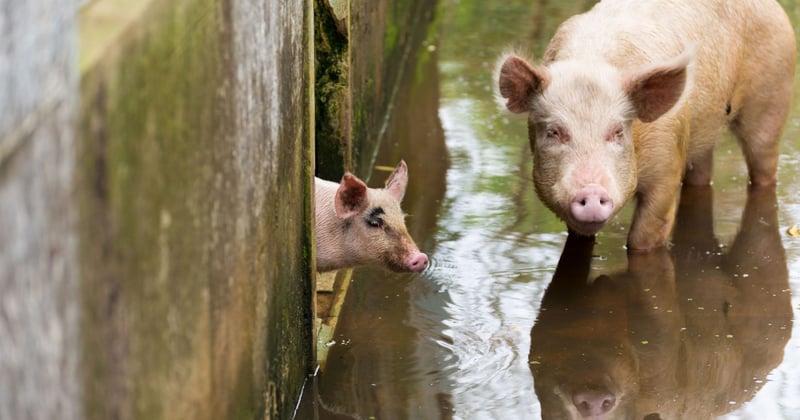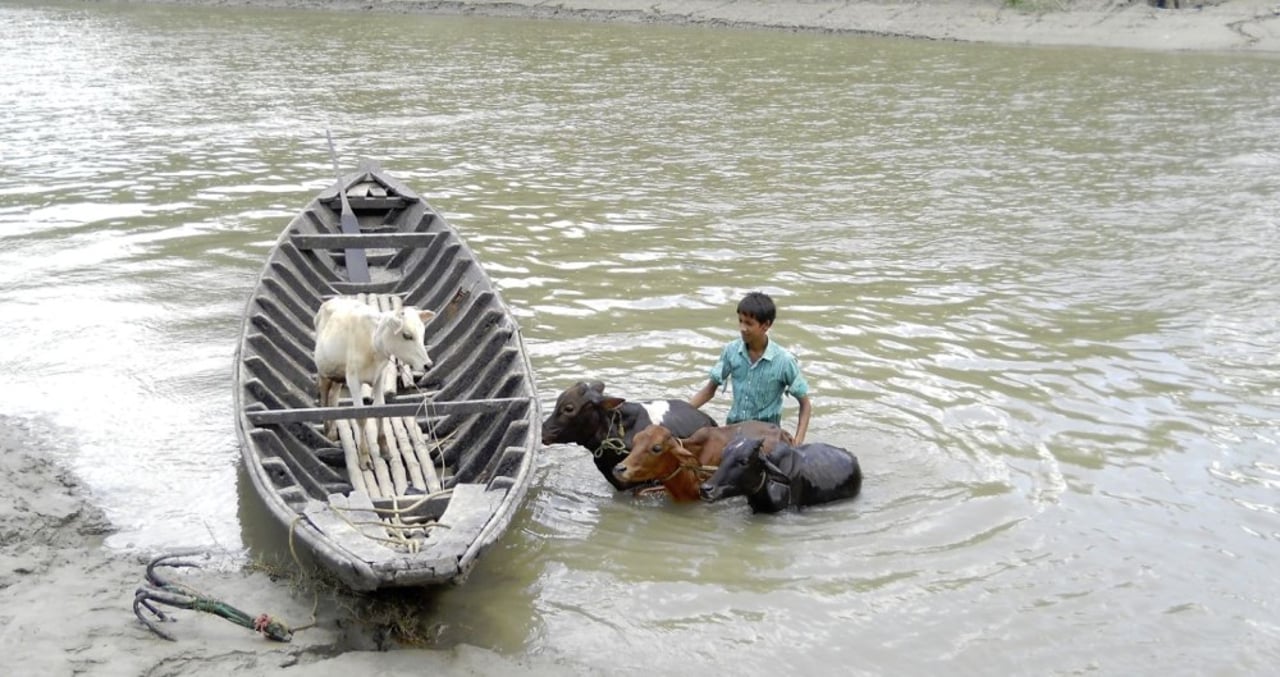
Want to Save Lives in a Disaster? Invest Before the Crisis
News
As previously seen in the Hill Times
As aid agencies rally to help Haitians recover from the devastation caused by Hurricane Matthew, it’s an important reminder of the need to invest before disaster strikes.
October 13 was the International Day for Disaster Reduction. It came and went with little attention as we seldom focus on what can be done to lessen the impact and help communities prepare in advance of the next hurricane, earthquake or drought.
International Funding
A major disaster can set the clock back on progress made through development. Globally, disasters cost $250 billion annually and this affects us all - impacting our global economy, health and national security.
Unfortunately, international funding for disaster risk reduction is woefully inadequate. For example, Canada spends less than one per cent of our total aid budget here. This is a serious concern as disasters are increasing in frequency and intensity due to climate change and the cost of inaction is only going to climb further.
It is the wealthiest countries that are driving climate change, but it impacts the poorest nations the most. Canada and more than 75 other countries recently ratified the Paris Agreement on Climate Change, which includes a commitment to help developing countries adapt.
Disaster Risk Reduction
Last year, this country also endorsed the UN Sendai Framework for Disaster Risk Reduction, which aims to substantially reduce disaster losses by 2030. The framework recognizes the importance of preventing the loss of lives and livelihoods and calls for greater investment in measures to help the world’s most vulnerable people be better prepared before an emergency.
The Minister of International Development and La Francophone, Marie-Claude Bibeau, is expected to announce her plans for developing an international assistance policy and funding framework this fall. We applaud her commitment to re-focus Canada’s assistance on the most vulnerable people and help them mitigate and adapt to the adverse effects of climate change.
Building on this, we encourage the Canadian government to go even further and make disaster risk reduction a cross-cutting priority across humanitarian response and development programming and increase investments in this area.
To do so, we need to remember that 75 per cent of the world’s poorest people live in rural areas and agriculture is their main livelihood.
Smallholder farmers and pastoralists are the most vulnerable to and affected by disasters. An estimated 800 million livestock keepers live on less than $2 a day and in areas most prone to disasters such as Sub Saharan Africa and South Asia. They depend on animals for their livelihoods and food security and that reliance grows when disasters strike.
For many of the world’s poor, empowering women and giving them the economic and food security provided by resilient livelihoods is the answer to cyclical poverty and vulnerability to disasters. The majority of poor livestock keepers are women and animals are one of their most important productive assets.
Livestock plays a critical role in recovery and resilience and must be better protected in disasters. Such investments offer women a chance to better themselves and their families while keeping them safe.
A UN Food and Agriculture Organization study of 78 climate-related disasters in 48 developing countries over a 10-year period found that 25 per cent of all damages and losses occurred in the agriculture sector yet it received less than five per cent of post-disaster aid. This global funding gap is reflected in Canadian aid, with our international support for agriculture seeing a 25 per cent decline over the last five years.
The right kind of investment can lead to sustainable economic growth, empower women and enable families to improve nutrition and adapt to a changing climate. That’s why our agencies are among 32 organizations that are calling on Minister Bibeau to make a signature investment in sustainable and resilient agriculture.
Canada has the opportunity to be a leader by investing in disaster risk reduction as well as wise agriculture development policies. Next year Canada will be hosting 1,000 delegates from over 50 member states across the Americas to discuss how we are all meeting our obligations to the Sendai Framework. Let’s have something to brag about so we can better help more families before the next disaster hits.
*Pierre Diégane Kadet is the Senior Manager of Food Security and Resilience to Climate Change at CARE Canada. Founded in 1945, CARE is a leading humanitarian organization fighting global poverty. CARE has more than six decades of experience helping people prepare for disasters, providing lifesaving assistance when a crisis hits, and helping communities recover after the emergency has passed. CARE places special focus on women and children, who are often disproportionately affected by disasters. To learn more, visit www.care.ca
*Melissa Matlow is the Legislative and Public Affairs Manager at World Animal Protection. World Animal Protection is an international animal welfare organization with more than 50 years’ experience helping governments and communities deliver emergency response, risk reduction and preparedness planning to protect animals and the people who depend on them. To learn more, visit www.worldanimalprotection.ca
Livestock plays a critical role in recovery and resilience and must be better protected in disasters. Such investments offer women a chance to better themselves and their families while keeping them safe
